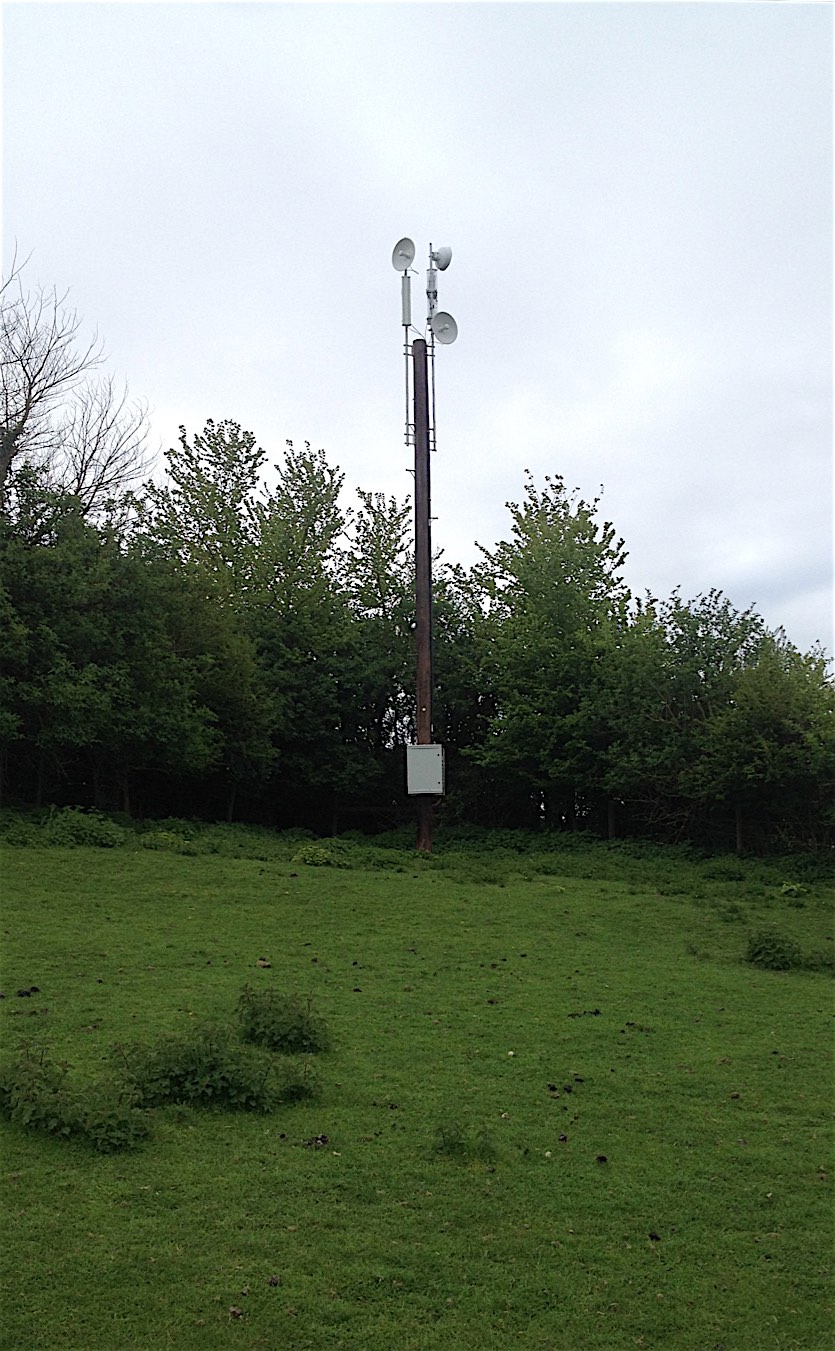Broadband
My apologies for not updating this page much earlier. The provision of broadband in the village has changed significantly following the closure of the Rural Broadband Southwest wireless network over Easter 2024. These are the current options.
BT
Roughly two thirds of Stoke St Gregory has practical access to the BT fibre network, giving wired broadband which varies in speed according to the distance from the cabinet at the entrance to Church Close. Many of these customers would have far higher speeds if BT had implemented FTTP (fibre to the premises) as opposed to FTTC (fibre to the cabinet). As it is, the old copper link between cabinet and customer soon slows down the signal, to the point where some customers may be better off using alternative sources of broadband (see below).
The other third of the village is connected either to the cabinet in North Curry or to the much more distant exchange in Othery. This latter group with 698 numbers, mostly in Curload, did until recently have access to a small wireless network from a pole at the top of Curload Hill. This provided speeds of about 10 to 15 Mbps, but has recently become uneconomic and closed down. The practical alternatives (mobile or Starlink) are in fact an improvement on the previous wireless network.
Starlink is simple, highly effective but very expensive. Details can be found on their website.
Mobile broadband involves putting a SIM in a router and drawing a signal from your nearest mobile mast. This can also be effective but the speeds you get depend very much on your precise location in relation to masts, particularly the one at the top of Slough Lane, and on the kit, provider and network you use. Even then speeds vary due to contention (how much competition there is for the bandwidth), so that for instance they tend to be slower at weekends and in the evening when many people may be streaming content.
There are two approaches to setting up mobile broadband: the simplest is to take out a contract with one of the big network providers (EE, Three, Vodafone, O2). They provide the kit and, in theory, the support. Depending on your location you may need an external antenna to pick up a good signal. An external antenna will always tend to give you a better signal, though you may find you can get adequate speeds without the complication.
The second approach is to buy your own kit (router and antenna) and install a third-party SIM in it. The disadvantage of this approach is higher up-front cost and the complication of choosing and sourcing the kit. The significant advantage is that you have no contract, you can chop and change between networks according to who provides the best signal, and it is likely to be significantly cheaper to run. (I am by no means an expert in this field, but I could make a few recommendations if anyone would like to email me.)
At present only EE (=BT) is offering 5G locally, though the other network operators will presumably follow suit. I am currently getting pretty good speeds with 4G from Three via an Honest Mobile SIM.
Full fibre
For quite some years now we have been promised a full fibre (FTTP) network by Connecting Devon and Somerset, the local government partnership tasked with implementing the national broadband rollout in this area. Their track record has been abysmal. A poorly negotiated contract with BT in the early days was followed by one with Gigaclear who promptly went bust. Now a similar contract with Airband seems to have stalled. To be fair, building a fibre network throughout a rural area is a massive task and against a background of fast evolving technologies a high risk business.
The upshot is that full fibre offering very high speeds probably will be available eventually in this area, but it is unlikely to be this year.

